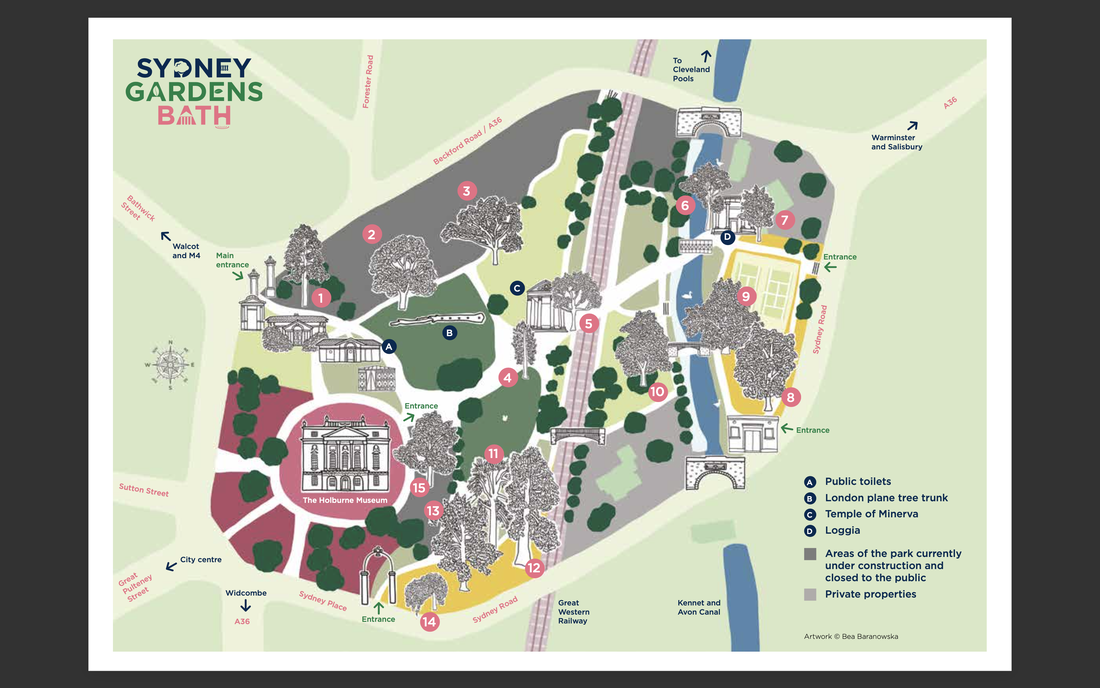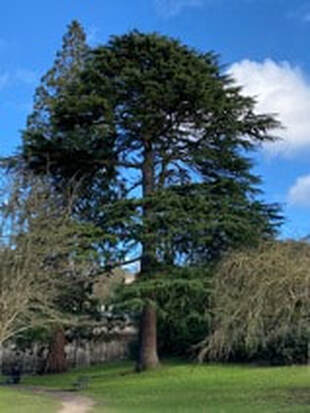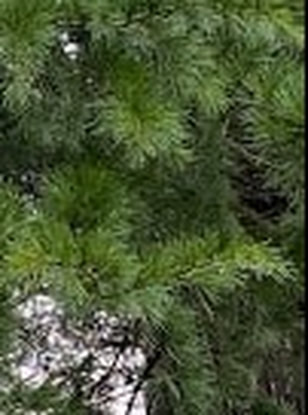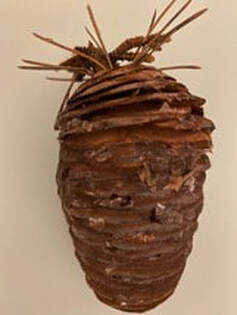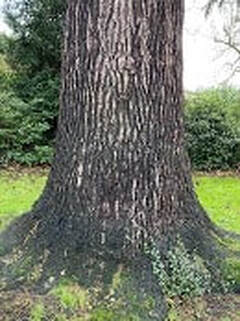The Sydney Gardens, Cedar of Lebanon tree can be found in a trio of exotics down by the railway line. The first exotic you will see is the Blue Atlas Cedar followed by the Giant Sequoia and then the C. libani.
The C. libani is Native of Asia; the Eastern Mediterranean, Lebanon and Turkey, where it has great religious and historic significance; it is the national emblem of Lebanon. The tree is a coniferous evergreen, which can reach 40m in height, it has a distinctive shape with several trunks and clear horizontal lines in its structure. C. libani grows rapidly until the age of 45-50 years, then growth slows; after the age of 70 years growth is extremely slow. The oldest C. libani is recorded at 2022 years old.
The tree bark is rough with clearly defined close ridges and cracks, with a colour range from grey to blackish brown. The leaves: dark green/grey needles are 10-15mm long and organised in spiral formation around side shoots in clusters or rosettes.
The C. libani is monoecious; male and female flowers/cones produced on the same tree. The production of cones usually begins when the tree is around 40 years old. The female cones are barrel shaped; 6-9cm long and grow singerly at the end of a short shoot. The cones begin as green in colour and change to grey/purple before turning brown on maturity, which can be up to 12 months after pollination. The male cones are much smaller, they begin greenish/grey in colour but by maturity are longer and brown in colour; releasing their pollen into the air for wind pollination to take place.
The C. libani is monoecious; male and female flowers/cones produced on the same tree. The production of cones usually begins when the tree is around 40 years old. The female cones are barrel shaped; 6-9cm long and grow singerly at the end of a short shoot. The cones begin as green in colour and change to grey/purple before turning brown on maturity, which can be up to 12 months after pollination. The male cones are much smaller, they begin greenish/grey in colour but by maturity are longer and brown in colour; releasing their pollen into the air for wind pollination to take place.
Reference
Gazzard, G. A. MSc (2021) wrote the above article with information from the following sources.
Rose, B. BSc (Hons) MSc DipArb(RFS) MICFor RCArborA Chartered Arboriculturist Arboricultural Association Registered Consultant (2020). Bosky Trees, Arboricultural Impact Assessment & Tree Protection Plan for trees at Sydney Gardens, Bath. (Accessed 13/03/21).
Woodland Trust. (2021). (Accessed 13/03/21). Available at:
https://www.woodlandtrust.org.uk/trees-woods-and-wildlife/british-trees/a-z-of-british-trees/cedar/
Encyclopaedia Britannic (2021). (Accessed 13/03/21). Available at:
https://www.britannica.com/plant/cedar-of-Lebanon
Wikipedia (2021). (Accessed 13/03/21). Available at:
https://en.wikipedia.org/wiki/Cedrus_libani
